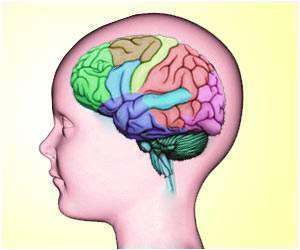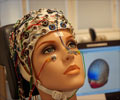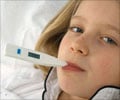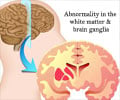
‘There may be potential for using a precision medicine approach to help predict which drugs will be most effective to help children with CAE.’
Tweet it Now
"A better understanding of genetic factors underlying a disease and the way that people respond to treatments may help healthcare providers select the best therapies for children with CAE," said Vicky Whittemore, Ph.D., program director at NINDS. A team led by Tracy A. Glauser, M.D., director of the Comprehensive Epilepsy Center at Cincinnati Children's Hospital Medical Center and professor of pediatrics in the University of Cincinnati College of Medicine, investigated whether there may be a genetic basis for different responses to three drugs used for CAE (ethosuximide, valproic acid, and lamotrigine). The experiments focused on three genes that code for T-type calcium channels that are involved in CAE and one gene that codes for a transporter that shuttles the drugs out of the brain. T-type calcium channels help control the firing rate of brain cells.
The current study is part of a 32-center, randomized, controlled clinical trial that compared the effects of the three most commonly used drugs in 446 children who were recently diagnosed with CAE.
These results suggest knowledge of specific gene variants in children with CAE may help predict what drugs would work best for them. For example, two specific forms of the calcium channel genes appeared more often in children for whom ethosuximide did not work. Two other variants of the calcium channel genes were found in children for whom lamotrigine did work, but one form of the drug transporter gene was associated with a continuation of seizures.
Dr. Glauser and his colleagues conducted additional experiments using the form of calcium channel gene that was associated with ethosuximide failure in patients. When cells in a dish containing this calcium channel variant were treated with ethosuximide, the drug had less effect on inhibiting the channel, suggesting that the genetic form of calcium channel may determine patients' response to the drug.
Advertisement
CAE is characterized by absence seizures, in which children stare into space, unaware of their surroundings. The seizures are brief, often lasting less than 20 seconds, although children may have up to 100 of them per day. The disease usually begins in children who are between 4 and 8 years old. About one third of children with CAE also have problems with attention. Many children will stop experiencing absence seizures by the time they reach adolescence, although others go on to develop more severe seizures.
Advertisement
Source-Eurekalert















